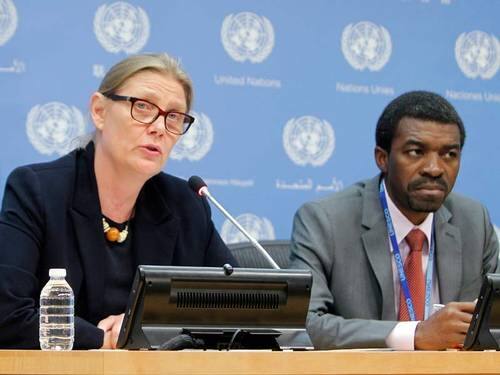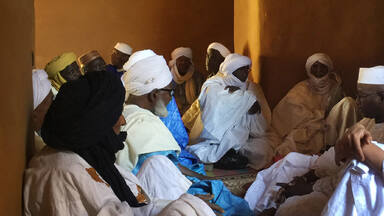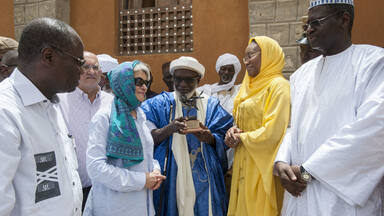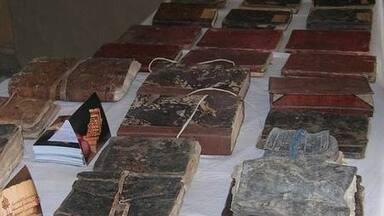Re-building Cultural Heritage in Mali

The value of rebuilding Timbuktu, a unique intellectual and spiritual capital rich in cultural treasures, is priceless for both Mali’s post-conflict recovery and for its significance for global patrimony. However $8 million is still required for the actual restoration costs, according to Lazare Eloudou Assomo, UNESCO Representative to Mali and global expert on the iconic World Heritage site.
“It’s a long and complex task ,” said Eloudou, at a press conference at the United Nations in New York on 30 June. He noted that the first stage in the rehabilitation of the cultural heritage of Timbuktu, launched on 14 March, is complete. However, to date only $3 million of the estimated $11 million to complete the project has been raised.
"We want the community to rebuild their own heritage. It's not just about rebuilding stones. It's also about keeping the cultural significance and keeping the role that the mausoleum had in structuring the life of the community," Eloudou said.
UNESCO in partnership with Switzerland, the European Union and other donors have embarked on an ambitious plan supporting the Mali government’s work in rehabilitating cultural heritage and safeguarding manuscripts in and around Timbuktu that were severely damaged in the conflict that took place in the country between 2012 and 2013.
“A community’s cultural heritage reflects its life, history and identity. Its preservation helps to rebuild broken communities, re-establish their identities, and link their past with their present and future,” said Vibeke Jensen, Director of the UNESCO Office in New York, adding, “By damaging and destroying cultural heritage of a community, one is in fact not only destroying the past but very much the future. At UNESCO we know that a community’s cultural heritage reflects its life, history and identity. Its preservation helps to rebuild broken communities, re-establish their identities, and link their past with their present and future. “
Fourteen of the 16 mausoleums of Timbuktu inscribed on UNESCO’s World Heritage List were destroyed by armed groups during the conflict. The manuscripts of Mali, constitute a unique documentary collection that bears testimony to the history of Africa and of humanity as a whole. Some of them date back to the 13th century. During the conflict, more than 4,000 of the 40,000 manuscripts kept at the Ahmed Baba Institute were lost. Some were burned or stolen, while more than 10,000 remain in a critical condition. Local communities secretly transferred more than 300,000 manuscripts to Bamako. They are now conserved in conditions that are not optimal for their safeguarding. The heritage programme will be led in cooperation with the Malian ministry of Culture, Higher Education and Scientific Research.
UNESCO has undertaken the reconstruction of destroyed mausoleums, the rehabilitation of mosques and private libraries, as well as ancient manuscript conservation projects. UNESCO will also ensure the involvement of the communities concerned. Local personnel are being trained to ensure lasting preservation. The restoration has benefitted to date from donations from Switzerland, EU, Norway, the Netherlands, Bahrain, Croatia, Mauritius, and Andorra.
UNESCO Director-General Irina Bokova has said the work will "ensure that the people of Mali can reclaim heritage that is essential to their identity and that can contribute to reconciliation. This is vital for Mali and this is important for the rest of the world because World Heritage is common to all of us."




